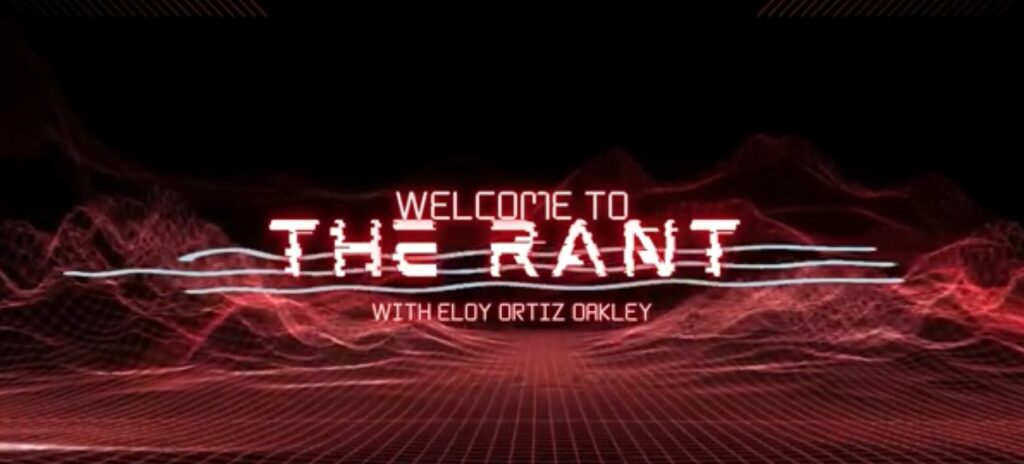In April we observed that the trend in online education was for more and more schools and colleges to become more and more like Calbright. Recently a new report from McKinsey Consulting makes that case pretty explicitly: successful online education, they say, will need to make five “strategic moves”:
- Meet student and labor market needs
- Transform career planning and coaching services
- Revolutionize employer relationships
- Deliver a distinctive learning experience
- Build a bold and differentiated brand
All of these are things that Calbright was specifically charged to do:
- All our programs are designed to quickly get students into better careers where there are a lot of good job openings
- All our students have individualized coaching and our Career Services staff works to connect each student to their new industry
- We design our programs by working directly with local industries that are hiring
- Calbright uses Competency Based Education to measure what our students actually know, instead of how long they have spent in the classroom, and we combine online classes with significant human contact and personal support. Our students aren’t alone.
- Calbright is a unique experiment in public education – the first statewide, online, community college district, that is free to all state residents and uses Competency Based Education. No one has done what we’re doing before
So obviously we at Calbright agree with McKinsey’s report on the direction online education is going, and support these recommendations. But there’s also something significant that we think McKinsey has missed: the importance of public institutions.
Public Colleges Mean Opportunity For Everyone
The McKinsey report is correct to note that there has been a massive investment in the online education sector of the economy:
Numerous digital-education start-ups are disrupting the space, driven by a rise in venture capital funding. US venture funding for education technology (edtech) grew from $1 billion to $8 billion between 2017 and 2021. In 2021, the public appetite for these investments was evident in the successful IPOs of multiple edtech companies, including that of Coursera (valuation of more than $4 billion). Edtech investment could be poised for more growth as online offerings surge and as institutions continue to shift toward blended learning grounded in cutting-edge digital technologies.
But all of the examples and discussion that the report raises are either about edtech startups – not even really colleges at all – or private institutions. The entire vision of online education that McKinsey puts forward is privatized, and often for-profit.
This misses something crucial, because it is not the lavishly funded ed tech startups that are the gateway to new prosperity for the vast majority of Americans looking for it; it’s not even the private colleges that are growing so quickly in the online marketplace.
It’s the humble community colleges – along with their sister four year public colleges – that are the most effective engines of American prosperity.
Being Good For Students Is The Most Important Thing
The private sector is investing heavily in online job training, and good things will surely come of that. But research shows, over and over again, that the most likely path to new career success – and the most cost-effective – is to enroll in a community college program. This is also the approach with the most student satisfaction. Meanwhile many private institutions, especially for-profit colleges, are predatory and can leave students worse off than when they enrolled.
A 2019 study even found “significant wage penalties” for students who went to a for-profit college instead of a public or private nonprofit. “For some student groups,” the report said, “earnings are higher if they drop out of community college instead of transferring to a for-profit college.”
This means that if you want to discuss the future of online education as a business, then a focus on the private sector makes sense. But if you want to discuss the future of online education as a way of supporting students, then public colleges – especially community colleges – need to be front and center.
That sums up the difference between private and public education: public education is designed to always put the needs of the students first. Private education often has other priorities.
We Can Make Online Community College Fast, Focused, and Free
At Calbright, we believe that America needs a “public option” for education more than ever: accessible job training that always puts the needs of the students first. Private companies have a place, they absolutely can bring new innovations to the table, but it’s public education that will make sure innovations in education are accessible and equitable.
That’s the big picture on the future of online education.



